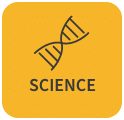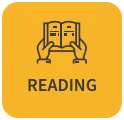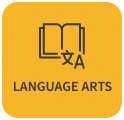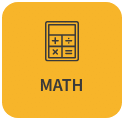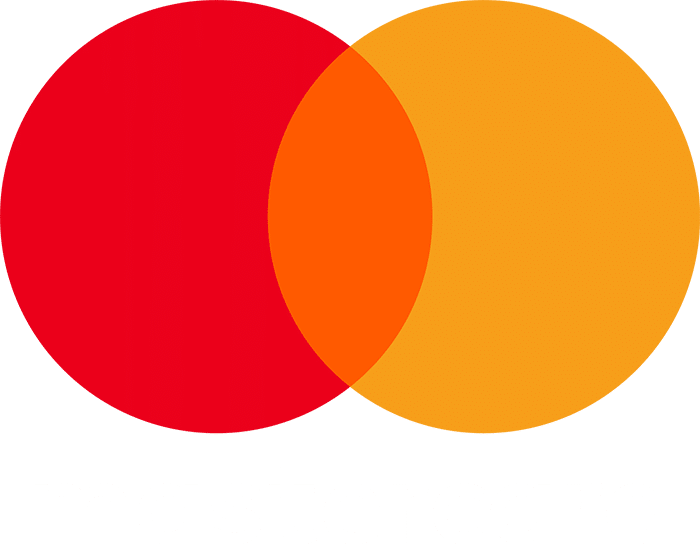- British Columbia:
- Math
- Language Arts
- Social Studies
- Science
British Columbia
Skills available for British Columbia Grade 3 Math Curriculum
Expectations are in black and skills are in blue. Click on the name of the skill to practice that skill.
Please check back as we are always adding more content!
Fractions are a type of number that can represent quantities.
NUMBER CONCEPTS TO 1000
counting
Digital Resources
Printable Worksheets
numbers to 1000 can be arranged and recognized
Digital Resources
• Compare Numbers Using a Place Value Chart
• Compare Numbers that Have the Same Units
• Compare Numbers that Have Related Units
• Order Numbers From Least to Greatest Using Place Value
• Order Numbers From Greatest to Least Using Place Value
• Order Numbers From Least to Greatest Using a Number Line
• Order Numbers From Greatest to Least Using a Number Line
Printable Worksheets
place value
Digital Resources
Printable Worksheets
• Representing Numbers in Written Form
• Representing Numbers in Different Ways
• Representing Numbers in Different Ways – Set 2
• Decomposing Numbers – Activity 1
• Decomposing Numbers – Activity 2
• Decomposing Numbers – Activity 3
fraction concepts
fractions are numbers that represent an amount or quantity
fractions can represent parts of a region, set, or linear model
fraction parts are equal shares or equal-sized portions of a whole or unit
recording pictorial representations of fraction models and connecting to symbolic notation
equal partitioning
equal sharing, pole ratios as visual parts, medicine wheel, seasons
Digital Resources
Printable Worksheets
• Exploring Equivalent Fractions
Development of computational fluency in addition, subtraction, multiplication, and division of whole numbers requires flexible decomposing and composing.
addition and subtraction to 1000
using flexible computation strategies, involving taking apart and combining numbers in a variety of ways, regrouping
Digital Resources
Printable Worksheets
estimating sums and differences of all operations to 1000
using addition and subtraction in real-life contexts and problem-based situations
whole-class number talks
addition and subtraction facts to 20 (emerging computational fluency)
adding and subtracting of numbers to 20
Digital Resources
Printable Worksheets
• Missing Numbers – Sums to 20
• Math Riddle – Addition Facts to 20
• Math Riddle – Addition Facts to 10
demonstrating fluency with math strategies for addition and subtraction (e.g., decomposing, making and bridging 10, related doubles, and commutative property)
Addition and subtraction are related.
multiplication and division concepts
understanding concepts of multiplication (e.g., groups of, arrays, repeated addition)
Digital Resources
• Multiplication Fact Practice
Printable Worksheets
• Math Riddle Multiplication Facts from 1 to 10
understanding concepts of division (e.g., sharing, grouping, repeated subtraction)
Digital Resources
Printable Worksheets
Multiplication and division are related.
Digital Resources
Printable Worksheets
• Multiplying by Skip Counting
• Relate Multiplication to Division
• Word Problems – Multiplication/Division
• Use Related Multiplication Facts to Divide with 0 and 1
Provide opportunities for concrete and pictorial representations of multiplication.
Use games to develop opportunities for authentic practice of multiplication computations.
looking for patterns in numbers, such as in a hundred chart, to further develop understanding of multiplication computation
Connect multiplication to skip-counting.
Connect multiplication to division and repeated addition.
Regular increases and decreases in patterns can be identified and used to make generalizations.
increasing and decreasing patterns
creating patterns using concrete, pictorial, and numerical representations
representing increasing and decreasing patterns in multiple ways
generalizing what makes the pattern increase or decrease (e.g., doubling, adding 2)
Digital Resources
Printable Worksheets
• Exploring Growing Patterns – Set 2
• Exploring Shrinking Patterns
• Exploring Shrinking Patterns – Set 2
pattern rules using words and numbers, based on concrete experiences
from a concrete pattern, describing the pattern rule using words and numbers
Digital Resources
Printable Worksheets
• Exploring Growing Patterns – Set 2
• Exploring Shrinking Patterns
• Exploring Shrinking Patterns – Set 2
predictability in song rhythm and patterns
Share examples of local First Peoples art with the class, and ask students to notice patterns in the artwork.
one-step addition and subtraction equations with an unknown number
start unknown
change unknown
result unknown
investigating even and odd numbers
Standard units are used to describe, measure, and compare attributes of objects’ shapes.
measurement, using standard units (linear, mass, and capacity)
linear measurements, using standard units (e.g., centimetre, metre, kilometre)
Digital Resources
Printable Worksheets
• Units and Tools for Measurement
• Units and Tools for Measurement
capacity measurements, using standard units (e.g., millilitre, litre)
Digital Resources
Printable Worksheets
Introduce concepts of perimeter, area, and circumference (the distance around); use of formula and pi to calculate not intended — the focus is on the concepts.
Digital Resources
Printable Worksheets
• Exploring Perimeter – Activity 2
• Exploring Perimeter – Activity 3
• Measuring Perimeter – Activity 2
• Measuring Perimeter – Activity 3
• Finding the Perimeter: Polygons
• Comparing Perimeter: Figures
• Comparing Perimeter: Polygons
area measurement, using square units (standard and non-standard)
Digital Resources
Printable Worksheets
• Shading Areas: Same Yet Different
• Shading Areas: Same Yet Different
mass measurements, using standard units (e.g., gram, kilogram)
Digital Resources
Printable Worksheets
estimation of measurements, using standard referents (e.g., If this cup holds 100 millilitres, about how much does this jug hold?)
time concepts
understanding concepts of time (e.g., second, minute, hour, day, week, month, year)
Digital Resources
Printable Worksheets
• Telling Time on a Digital Clock
• Writing Time on a Digital Clock
understanding the relationships between units of time
construction of 3D objects
identifying 3D objects according to the 2D shapes of the faces and the number of edges and vertices (e.g., construction of nets, skeletons)
describing the attributes of 3D objects (e.g., faces, edges, vertices)
Digital Resources
Printable Worksheets
• 3D Objects: Edges and Vertices
• Sorting 2D Shapes and 3D Objects
• Sorting 3D Objects by Vertices
• Exploring Polygons – Activity 1
identifying 3D objects by their mathematical terms (e.g., sphere, cube, prism, cone, cylinder)
Digital Resources
Printable Worksheets
comparing 3D objects (e.g., How are rectangular prisms and cubes the same or different?)
understanding the preservation of shape (e.g., the orientation of a shape will not change its properties)
The likelihood of possible outcomes can be examined, compared, and interpreted.
one-to-one correspondence with bar graphs, pictographs, charts, and tables
collecting data, creating a graph, and describing, comparing, and discussing the results
Digital Resources
Printable Worksheets
• Exploring Bar Graphs and Tally Charts
• Exploring Bar Graphs – Set 2
• Exploring Bar Graphs – Set 3
• Exploring Bar Graphs – Set 4
• Reading Tally Charts – Set 1
• Reading Tally Charts – Set 2
• Reading Tally Charts – Set 3
• Reading Tally Charts – Set 4
choosing a suitable representation
Digital Resources
Printable Worksheets
• Favourite Recess Activities Graph
• Exploring Bar Graphs – Set 1
• Exploring Bar Graphs – Set 2
• Exploring Bar Graphs – Set 3
• Exploring Bar Graphs – Set 4
• Exploring Bar Graphs – Set 5
• Exploring Bar Graphs – Set 6
• Exploring Bar Graphs – Set 7
likelihood of simulated events, using comparative language
using comparative language (e.g., certain, uncertain; more, less, or equally likely)
developing an understanding of chance (e.g., tossing a coin creates a 50-50 chance of landing a head or tail; drawing from a bag, using spinners, and rolling dice all simulate probability events)
Financial literacy — fluency with coins and bills to 100 dollars, and earning and payment
counting mixed combinations of coins and bills up to $100
Digital Resources
Printable Worksheets
• Counting Canadian Money – Set 2
• Showing Money Amounts in Different Ways
• Comparing Canadian Money Values
• Matching Bills to Price Tags
• Getting to Know Coins – Set 1
• Getting to Know Coins – Set 2
• Getting to Know Coins – Set 3
• Getting to Know Coins – Set 4
understanding that payments can be made in flexible ways
Digital Resources
Printable Worksheets
• At the School Cafeteria – Set 1


